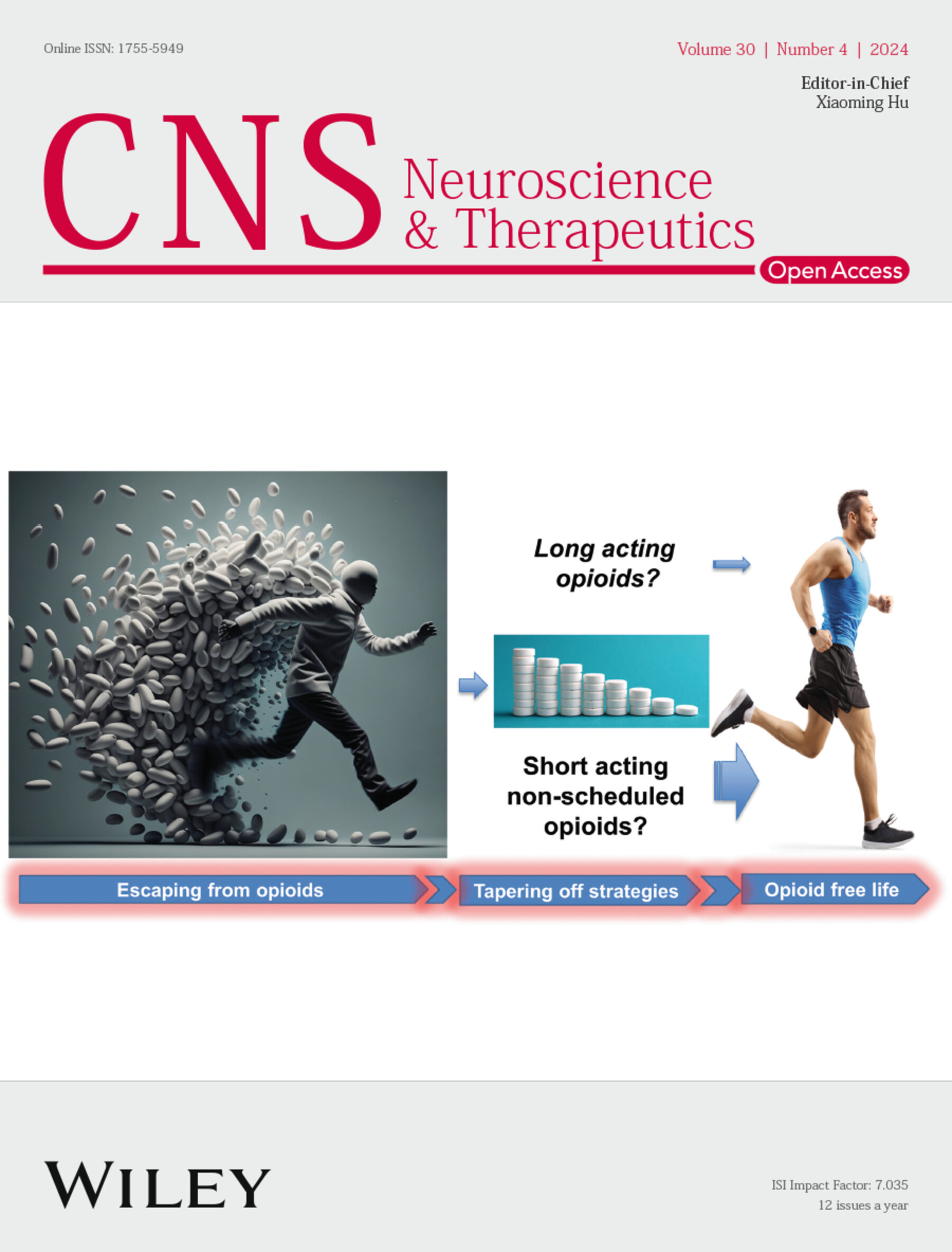Mapping Divergent Subfield-Specific Hippocampal Degeneration in Mild Cognitive Impairment Continuum: Volumetric, Cognitive, and Genetic Predictors of Accelerated Hippocampal Biological Aging
Abstract
Objective
To investigate hippocampal subfield atrophy and biological aging across the mild cognitive impairment (MCI) continuum, we used data from the Alzheimer's Disease Neuroimaging Initiative (ADNI).
Methods
A cohort of 49 participants, categorized as cognitively normal (CN, n = 16), early MCI (EMCI, n = 16), or late MCI (LMCI, n = 17), underwent comprehensive neuroimaging, neuropsychological, and genetic assessments. High-resolution 3D T1-weighted MRI scans were processed using the volBrain platform and hippocampal subfield segmentation (HIPS) pipeline to quantify hippocampal subfield volumes and estimate biological age. Statistical analyses, including ANCOVA and stepwise regression, were employed to evaluate group differences and identify predictors of hippocampal biological age.
Results
The results revealed significant volumetric reductions in LMCI, particularly within the CA1, CA4/dentate gyrus (DG), and stratum radiatum/lacunosum/moleculare (SRLM) subfields, with pronounced lateralized effects. Clinical and demographic covariates attenuated group differences in biological age, but volumetric adjustments highlighted a significant distinction between EMCI and LMCI, with EMCI exhibiting a higher biological age. Cognitive performance, as measured by the Montreal Cognitive Assessment (MoCA), emerged as a consistent predictor of biological age, while APOE ε4 carrier status was significantly elevated in LMCI patients. Regression analyses identified divergent contributions of CA2/3 (positively associated) and CA4/DG (negatively associated) volumes to biological age, underscoring the subfield-specific pathophysiological mechanisms. Asymmetry indices, although variably expressed across groups, offered limited predictive utility, with CA2/3 and CA4/DG asymmetries modestly influencing biological age.
Conclusion
These findings support the integration of subfield-specific hippocampal volumetry and cognitive assessments in early diagnostic frameworks while highlighting the need for longitudinal studies to elucidate causal pathways linking subfield atrophy, biological aging, and cognitive decline.


 求助内容:
求助内容: 应助结果提醒方式:
应助结果提醒方式:


